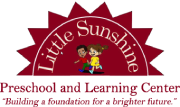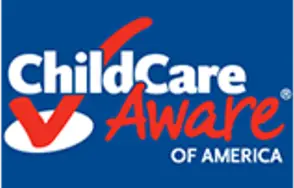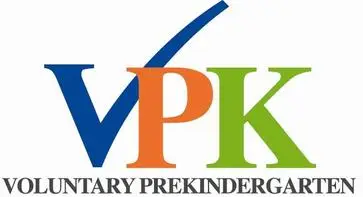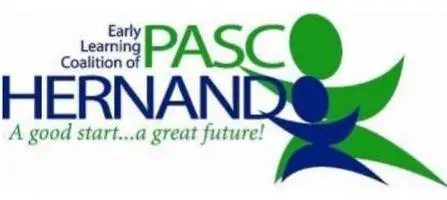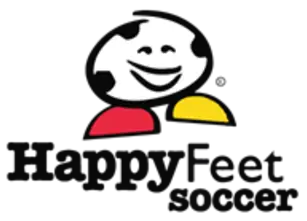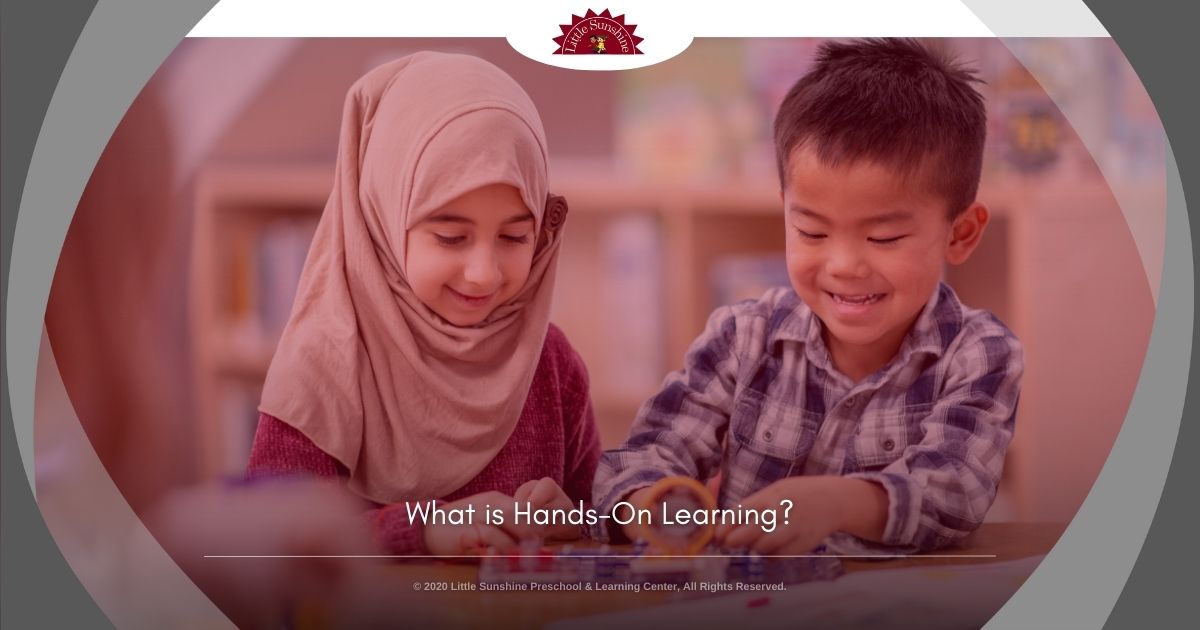
Research shows that hands-on learning has many important benefits for people of all ages. When people can get their hands dirty–sometimes literally!–and really engage with a topic in a physical way, they are more likely to learn more deeply and retain information about the subject.
Hands-on learning is critical for children of all ages and developmental stages, but it is absolutely essential for preschool-aged children. In this article, we’ll explore what hands-on learning is, why it’s so important, and how to use this fun type of learning in your classroom or home.
Reach out to the caring team at Little Sunshine Preschool to learn more about our programs and schedule a tour today!
What is Hands-On Learning?
Hands-on learning simply means learning through action and experience. It is the opposite of repetitive memorization. Instead of relying on only listening or seeing to learn about a concept, hands-on learning encourages people to be actively engaged in the activity.
For example, when teaching children about how plants grow, a teacher may tell the children about how seeds germinate, what they need, and the parts of a plant. A hands-on learning experience would include something a child could be involved in–such as planting a seed and caring for it while it grows.
Hands-on learning lets kids be involved in–or in charge of–their education in a way that translates to more confidence, better retention, and more enjoyment.
What are the Benefits of Hands-On Learning?
Learning through play and experiences is always more fun–and developmentally appropriate–than sitting at a desk and memorizing facts. Children who engage in hands-on learning experience a range of valuable benefits, including:
- Better information retention
- Increased fine motor skills
- Longer attention spans
- Improved decision-making and problem-solving
- Better critical thinking
- Improved ability to work with others
But the most critical benefit of hands-on learning is that children enjoy learning. A child who loves to learn when they’re pre-school aged will love learning for life. Hands-on learning lets kids fall in love with exploring the world and gives them the confidence to approach new ideas with excitement and curiosity.
How to Use Hands-On Learning at Home
As a parent, you probably get a lot of information about how children learn most effectively. There are plenty of ads for complex learning systems, books, and educational toys out there that may make people feel like teaching young children is complicated.
But the truth is children learn best through experiences. As a parent, you have many opportunities throughout the day to give your kids valuable hands-on learning–and you’ll both have fun doing it!
Here are some ideas for hands-on learning at home:
- Use a simple recipe to cook or bake something. Let your child help you measure, mix, and stir. Explain the importance of reading and following the recipe and any unfamiliar terms.
- Give your child scissors and a magazine or newspaper, and have them cut out pictures they like. Make a collage by gluing the pictures on a large piece of paper.
- Draw pictures of something you see. Show your child how simple shapes can create everyday objects–for example, a book is a rectangle or square, plates are circles, a firetruck is a rectangle with circles, etc.
- Act out a familiar story as a family. You could include costumes and funny voices if you’re up for it!
- Play simple instruments–or turn household objects into instruments. Play along with music on the radio or make up your own tunes.
- Play with play dough, clay, and finger paint. The benefits of hands-on learning are worth a little bit of a mess!
Kids enjoy being active, creative, and a little silly when learning something new. And while it might look like they’re just getting messy or playing, rest assured that they are making new connections that will give them the perfect foundation for all the learning they’ll be doing in school later on.
Hands-On Learning in the Classroom
Hands-on learning is an excellent way for kids to discover new ideas and develop essential skills. Pre-K classrooms can be set up to foster hands-on learning by including lots of activities, toys, and materials that help kids develop good fine motor skills, such as:
- Playdough
- Sand or water tables
- Beads
- Chalk, crayons, and colored pencils
- Small manipulatives, such as counting bears, Legos, and shape sorters
Teachers can also provide structured hands-on learning activities that will keep their students engaged when learning about new ideas. These may include:
- Filling a container with water and playing “sink or float” with classroom objects
- Putting items into a bag and asking students to count how many are inside without looking
- Playing drums or instruments along with a beat
- Learning the words and movements of a new song
- Acting out familiar nursery rhymes or stories
There are so many ways to bring ideas to life and let young learners explore concepts through activity and movement. The more you can engage a child’s senses and spark their imagination, the more likely they will remember what they’re learning for life!
Learn More About Hands-On Learning Pre-K
Hands-on learning is at the center of what we do at Little Sunshine Preschool. Our dedicated educators create new hands-on learning experiences for our children each day to support their growth and development so they can thrive in school later on.
Reach out to our friendly admissions staff to schedule a visit or with questions about our programs.
